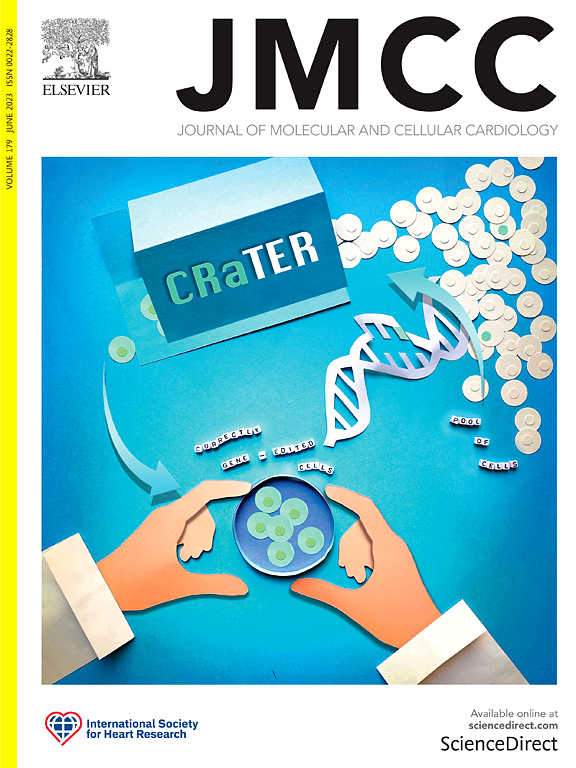A short history of the atrial NLRP3 inflammasome and its distinct role in atrial fibrillation
IF 4.7
2区 医学
Q1 CARDIAC & CARDIOVASCULAR SYSTEMS
引用次数: 0
Abstract
Inflammasomes are multiprotein complexes of the innate immune system that mediate inflammatory responses to infection and to local and systemic stress and tissue injury. The principal function is to facilitate caspase-1 auto-activation and subsequently maturation and release of the effectors interleukin (IL)-1β and IL-18. The atrial-specific NLRP3 inflammasome is a unifying causal feature of atrial fibrillation (AF) development, progression and recurrence after ablation. Many AF-associated risk factors and co-morbidities converge mechanistically on the activation of this central inflammatory signaling platform. This review presents the historical conceptual development of a distinct atrial inflammasome and its potential causal involvement in AF. We follow the early observations linking systemic and local inflammation with AF, to the emergence of an atrial-intrinsic NLRP3 inflammasome operating within not just immune cells but also in resident atrial fibroblasts and cardiomyocytes. We outline the key developments in understanding how the atrial NLRP3 inflammasome and its effector IL-1β contribute causally to cellular and tissue-level arrhythmogenesis in different pathological settings, and outline candidate therapeutic concepts verified in preclinical models of atrial cardiomyopathy and AF.
心房 NLRP3 炎症小体的简史及其在心房颤动中的独特作用
炎性小体是先天免疫系统的多蛋白复合物,介导对感染、局部和全身应激和组织损伤的炎症反应。其主要功能是促进caspase-1的自激活,随后成熟并释放效应物白细胞介素(IL)-1β和IL-18。心房特异性NLRP3炎性体是心房颤动(AF)发生、进展和消融后复发的统一因果特征。许多af相关的危险因素和合并症在机制上聚集在这一中枢炎症信号平台的激活上。这篇综述介绍了一种独特的心房炎性小体的历史概念发展及其与房颤的潜在因果关系。我们根据早期的观察,将系统性和局部炎症与房颤联系起来,发现心房内源性NLRP3炎性小体不仅在免疫细胞内运作,而且在心房成纤维细胞和心肌细胞中运作。我们概述了了解心房NLRP3炎症小体及其效应物IL-1β如何在不同病理环境下导致细胞和组织水平心律失常的关键进展,并概述了在心房心肌病和房颤的临床前模型中验证的候选治疗概念。
本文章由计算机程序翻译,如有差异,请以英文原文为准。
求助全文
约1分钟内获得全文
求助全文
来源期刊
CiteScore
10.70
自引率
0.00%
发文量
171
审稿时长
42 days
期刊介绍:
The Journal of Molecular and Cellular Cardiology publishes work advancing knowledge of the mechanisms responsible for both normal and diseased cardiovascular function. To this end papers are published in all relevant areas. These include (but are not limited to): structural biology; genetics; proteomics; morphology; stem cells; molecular biology; metabolism; biophysics; bioengineering; computational modeling and systems analysis; electrophysiology; pharmacology and physiology. Papers are encouraged with both basic and translational approaches. The journal is directed not only to basic scientists but also to clinical cardiologists who wish to follow the rapidly advancing frontiers of basic knowledge of the heart and circulation.

 求助内容:
求助内容: 应助结果提醒方式:
应助结果提醒方式:


